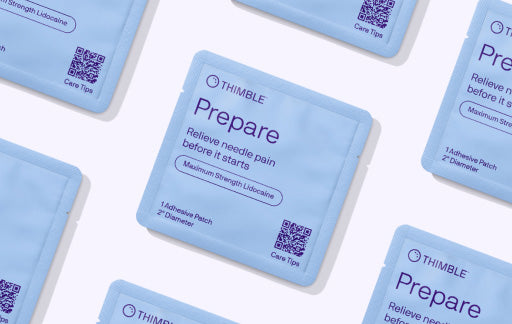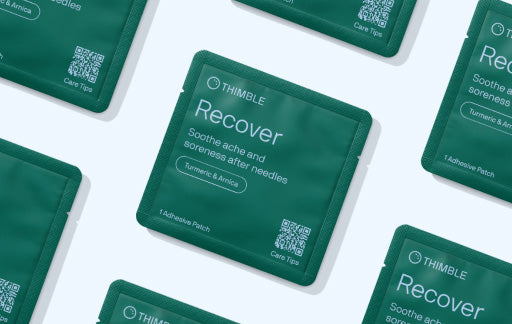FAQ
Needle Pain, Fear & Anxiety
Is needle fear common?
Needle-phobia is common and nothing to be ashamed of. Nearly 25% of adults are afraid of needles. Almost 66% of kids feel the same. This impacts all ages and genders. Not only that, needle-phobia has tripled in the past thirty years. Symptoms range from mild anxiety to extreme fear, and triggers can vary widely from person to person.
Sources:
- https://www.npr.org/sections/health-shots/2017/12/28/571928692/fear-of-needles-may-chip-away-at-vaccination-rates
- https://www.yahoo.com/now/fear-needles-could-hurdle-covid-122206756.html
- Taddio, Ipp et al. Survey of the prevalence of immunization non-compliance due to needle fears in children and adults. Vaccine 2012;30(32):4807-12
Why does needle fear matter?
Needle fear causes people to miss out on basic healthcare: lab screenings, vaccinations, medications, and more. Avoiding needles, delaying visits to the doctor, leaving the fear untreated—these behaviors can result in unforeseen, and often under-recognized, consequences to personal and public health.
What’s the best solution for needle fear?
We believe treating pain is the single most effective solution to needle-phobia—and clinical guidelines back it up. That’s why we developed the needle care patch. A simple, affordable, and safe way to reduce needle pain and relieve anxiety around needles.
Source:
Taddio A, Appleton M, Bortolussi R, Chambers C, Dubey V, Halperin S, Hanrahan A, Ipp M, Lockett D, MacDonald N, Midmer D, Mousmanis P, Palda V, Pielak K, Riddell RP, Rieder M, Scott J, Shah V. Reducing the pain of childhood vaccination: an evidence-based clinical practice guideline (summary). CMAJ. 2010 Dec 14;182(18):1989-95.

